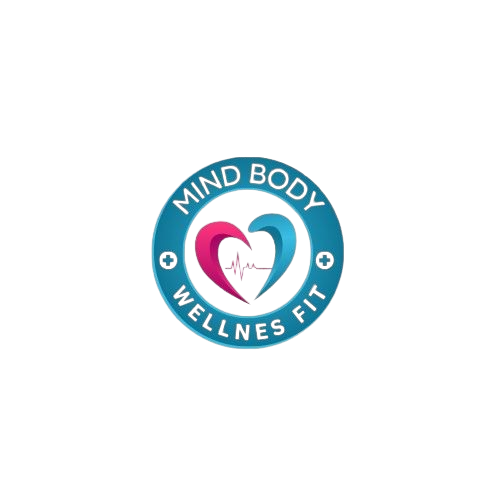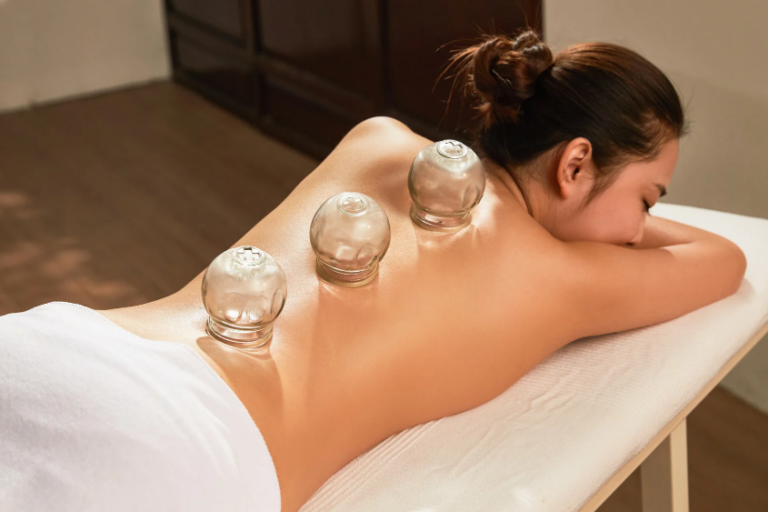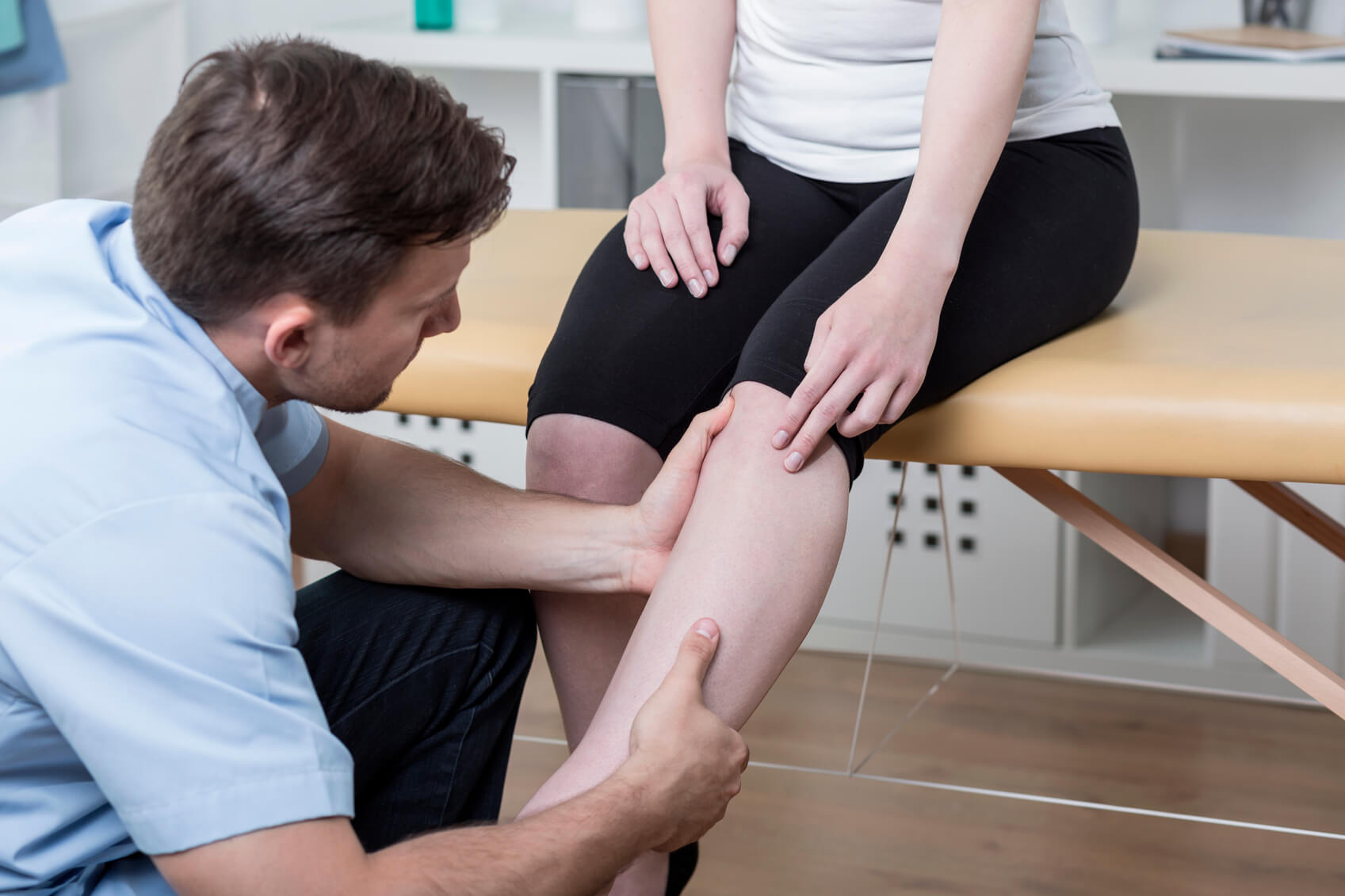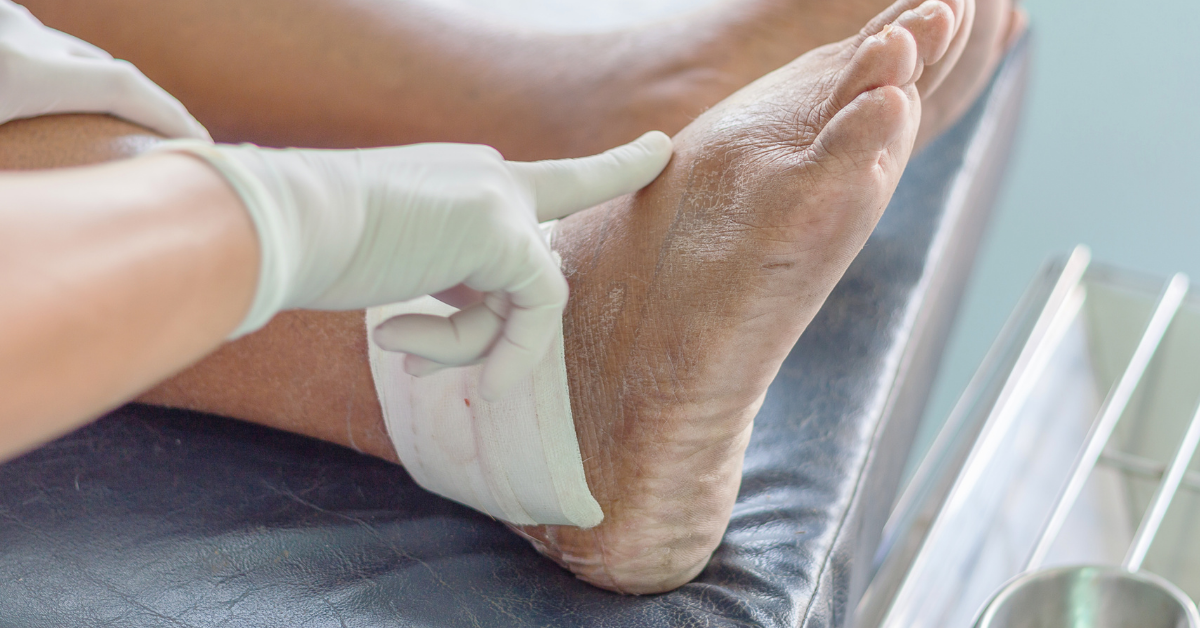Cupping therapy, an ancient practice that originated in traditional Chinese medicine, has gained significant attention in recent years, particularly among athletes. Many professional sports figures now incorporate cupping into their training and recovery routines. The growing popularity of cupping among athletes can be attributed to its impressive benefits for recovery, performance enhancement, and overall physical well-being. Whether it’s reducing muscle soreness or improving flexibility, cupping has emerged as a powerful tool in the sports world. As more athletes experience the benefits firsthand, the trend is likely to continue to rise in prominence.
What is Cupping Therapy? A Brief Explanation
Cupping therapy involves placing specially designed cups on the skin to create suction. This practice, which dates back thousands of years, is believed to promote blood flow, reduce pain, and enhance healing. There are different types of cupping, including dry cupping, wet cupping, and fire cupping, each with its own specific technique and benefits. Cupping can be particularly effective for athletes as it is commonly used alongside other therapies such as massage and acupuncture to promote muscle recovery and prevent injuries. By applying cups to targeted areas of the body, cupping helps to relieve tension, improve circulation, and accelerate the healing process.
Why Cupping Is Becoming Popular Among Athletes
As athletes strive for peak performance and quicker recovery times, cupping has become a popular addition to their treatment arsenal. The primary benefits of cupping for athletes include:
- Promoting Faster Recovery: Cupping is effective at reducing muscle soreness, allowing athletes to recover more quickly after intense training sessions or competitions.
- Improving Blood Circulation: The suction created during cupping helps to enhance blood flow to the muscles, which is crucial for transporting oxygen and nutrients to areas that need healing.
- Reducing Inflammation and Pain: Cupping has been shown to reduce inflammation and alleviate pain, making it an ideal treatment for athletes dealing with post-injury recovery or chronic pain conditions.
- Enhancing Flexibility and Mobility: Cupping can improve range of motion, which is vital for athletes to maintain peak performance and prevent injuries. The therapy works to release muscle tightness and increase joint flexibility, contributing to better movement.
These benefits have made cupping a go-to solution for many athletes looking to improve their recovery times and boost their performance on the field.
The Science Behind Cupping Therapy: How Does It Work?
Cupping therapy works through several mechanisms that directly benefit athletes. Here’s a deeper look at the science behind cupping:
- Blood Flow Stimulation: The suction from cupping helps to stimulate blood flow in the affected area. Increased circulation delivers oxygen and nutrients to tissues, which promotes faster healing and reduces muscle soreness.
- Myofascial Release: Cupping therapy targets the fascia—the connective tissue surrounding muscles. By creating suction and lifting the skin, cupping helps release tension and tightness in the fascia, which can contribute to reduced flexibility and discomfort.
- Lymphatic Drainage: Cupping aids in lymphatic drainage, which helps remove toxins and waste from the body. This detoxifying effect supports the immune system and enhances recovery by reducing muscle stiffness and swelling.
- Nervous System Relaxation: The pressure applied during cupping can stimulate the nervous system, leading to a relaxation response. This helps to reduce stress and anxiety, making cupping an effective treatment for athletes dealing with the mental demands of their sport.
Understanding the science behind cupping helps athletes appreciate why it has such a positive impact on their recovery and performance.
Professional Athletes Who Use Cupping Therapy
Numerous professional athletes have openly endorsed cupping therapy for its beneficial effects on their performance and recovery. Famous athletes such as Michael Phelps, Usain Bolt, and Kobe Bryant have publicly shared their experiences with cupping. Michael Phelps, in particular, became known for his cupping marks during the 2016 Rio Olympics, drawing global attention to the practice. These athletes incorporate cupping into their routines for its ability to reduce pain, enhance flexibility, and accelerate recovery after rigorous training or competition. The success stories of high-profile athletes have contributed to the growing acceptance of cupping in the sports community.
The Benefits of Cupping for Specific Sports and Types of Injuries
Cupping therapy is beneficial across various sports disciplines, offering tailored solutions for different types of injuries and recovery needs.
- Endurance Athletes: For long-distance runners and cyclists, cupping helps alleviate muscle soreness and improve recovery times after intense physical activity. The increased blood circulation helps repair muscle tissues, enabling athletes to train harder and longer.
- Strength Athletes: Weightlifters and bodybuilders often suffer from tight muscles and stiffness due to repetitive lifting movements. Cupping can reduce muscle tension, alleviate soreness, and improve flexibility, helping them lift more effectively and with reduced risk of injury.
- Contact Sports Athletes: Athletes in sports like football, rugby, and mixed martial arts often experience strains and contusions. Cupping therapy aids in treating these injuries by reducing inflammation, improving circulation, and enhancing flexibility for quicker recovery.
No matter the sport, cupping therapy can be a valuable tool for athletes looking to maintain peak performance and recover effectively from injuries.
How to Get Started with Cupping as an Athlete
For athletes interested in incorporating cupping into their recovery regimen, it’s important to follow a few steps:
- Finding a Qualified Practitioner: Look for a certified cupping therapist with experience working with athletes. A professional with knowledge of sports-specific injuries and recovery needs will be better equipped to tailor the treatment to your goals.
- What to Expect During a Cupping Session: During a cupping session, the therapist will place cups on the skin to create suction. This process is usually painless, although some athletes may feel a mild discomfort as the cups work to release tension.
- Frequency of Cupping: The frequency of cupping varies depending on the athlete’s needs. Some may benefit from a few sessions per week, while others may only need it for more intense recovery periods after competitions or heavy training.
By working with an experienced practitioner, athletes can ensure that they receive the maximum benefit from cupping therapy.
Are There Any Risks or Side Effects?
While cupping is generally considered safe, there are some potential risks and side effects that athletes should be aware of:
- Bruising and Skin Irritation: Cupping can leave temporary marks on the skin, including bruises or redness. These marks typically fade within a few days and are not harmful.
- Misuse or Overuse: It’s important to avoid overusing cupping therapy. Overdoing it could lead to skin irritation or muscle tenderness.
- Working with a Professional: To minimize risks, always seek a trained and experienced cupping therapist. Proper technique is crucial for achieving the desired benefits and avoiding any negative side effects.
Cupping as an Integral Part of an Athlete’s Recovery Strategy
Cupping therapy has become a go-to recovery method for athletes, offering a host of benefits that support quicker healing, improved performance, and injury prevention. Whether you’re recovering from intense training or seeking to boost flexibility and mobility, cupping provides a natural, effective solution. As more athletes and sports professionals incorporate cupping into their routines, it’s clear that this ancient practice has a modern place in the world of sports recovery. If you’re an athlete looking to enhance your performance or speed up your recovery, cupping could be the missing piece to your strategy.






